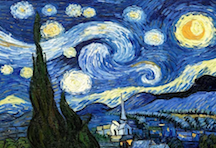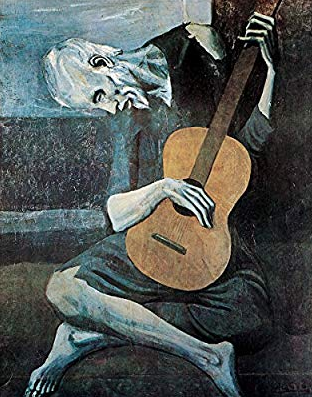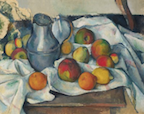
The Starry Night, 1889, Vincent
van Gough.

How Impressionism Affected the Art World
Before Impressionism, people painted based on long standing tradition. One of the most significant changes brought on by Impressionism was the fall of the Salon. As Impressionism gained popularity, it paved the way for an increasingly liberal art world.
Conservative establishments and didactic exhibitions became less important. After the fall of the Salon, there was nothing to prevent the success of non-traditional artists.
"Painting grows more and more difficult as year by year one's ideals reach a loftier height and demand a nobler interpretation. For nearly thirty years Monet was fighting his own battle, with little to sustain him but a stout heart and an absorbing love of his art. But now the struggle has ended; and in the fulness of his powers the greatest landscape painter of the present time enjoys his well-deserved fame."
~Henri Pene Du Bois, 1899
"As a matter of fact, the magic of Monet is essentialy one of spontaneity and freedom."
~Royal Cortissoz, 1920
As Impressionism became popular, lesser known artists showed interest. It opened a gateway to paint something you were passionate about instead of following the standard. Monet had shown the courage to seek success within something non-traditional. Artists that followed shaped the public perception of art. Critics began to see beauty in uniqueness rather than conformity.

The Starry Night, 1889, Vincent
van Gough.

The Old Guitarist, 1903, Pablo
Picasso.

Bouilloire et Fruits, 1890,
Paul Cezanne.
Post-Impressionism began as a direct response to the Impressionist movement and influenced the art world as we know it.
Famous Post-Impressionist era artists: van Gogh, Picasso, Cezanne.
Header Images: "Impression Sunrise", 1872, Claude Monet; "Water Lillies", 1906, Claude Monet; "Woman with a Parasol - Madame Monet and Her Son", 1875, Claude Monet; "The Cliff Walk at Pourville", 1882, Claude Monet.